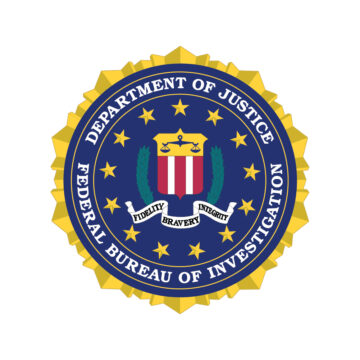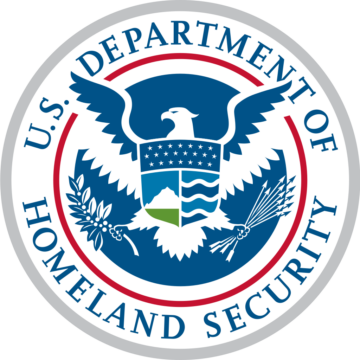
10-Minute Weather Safety Series
The Secure Community Network® (SCN®), hosts a new, recurring series of weather-related preparedness webinars aimed at helping Jewish institutions and community members proactively prepare for seasonal weather events. The series kicks off with two comprehensive spring weather safety webinars, available immediately for community members to view at their convenience.
View Resources and Q&A Events
Monitoring and Acting on Threats
Our team of analysts uses cutting-edge technology to proactively monitor for, identify, and investigate threats, disseminating actionable intelligence to respond to incidents and build a protective shield over the community.

Securing Facilities
Our security experts offer facility assessments and recommendations to protect facilities against threats. Our expert grants team guides you through the process start-to-finish to obtain government funding to make those security upgrades possible.

Empowering Communities Through Training
Led by safety and security experts, our gold-standard training curriculum empowers participants with hands-on training and life-saving skills to prevent, respond to, and recover from potential incidents.

Coordinating With Law Enforcement
We are the only faith-based entity with a direct line to the FBI. We work closely with federal, state, and local law enforcement partners, facilitating two-way intelligence sharing, coordinating on threat response protocols, and serving as a bridge between Jewish communities and the public safety agencies dedicated to protecting them.

Protecting Local Communities
Our local partnerships bring SCN's national expertise and best practices to your community by providing access to on-the-ground security professionals to ensure every community has comprehensive protection, including hands-on training, facility assessments, law enforcement coordination, and incident response.
Testimonials
SCN® is proud to partner with law enforcement, safety and security organizations, Jewish communal organizations, and communities to support our shared intelligence and information-sharing work, offer best-practice resources and services, and empower community members with life-saving training.


